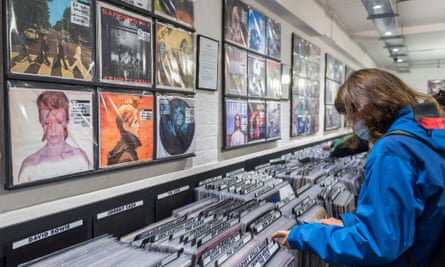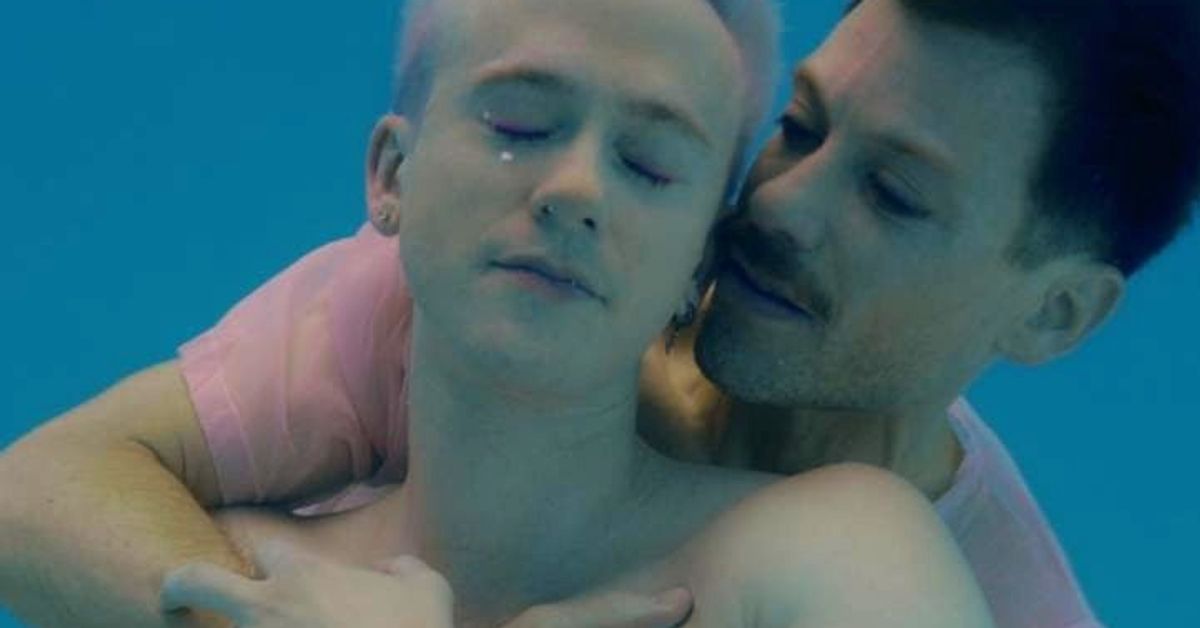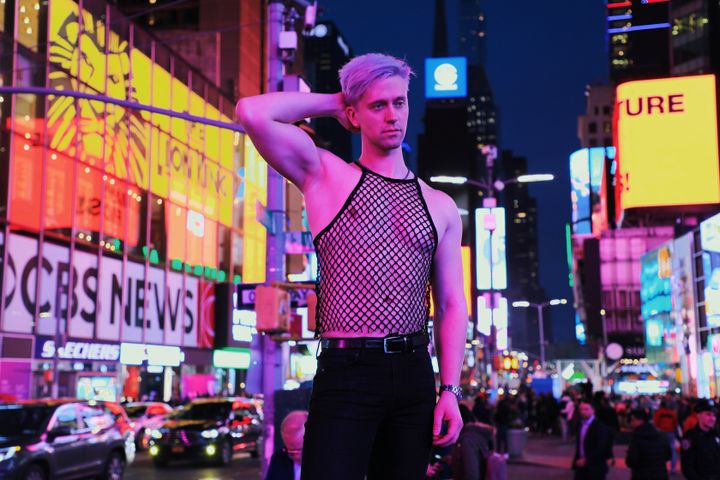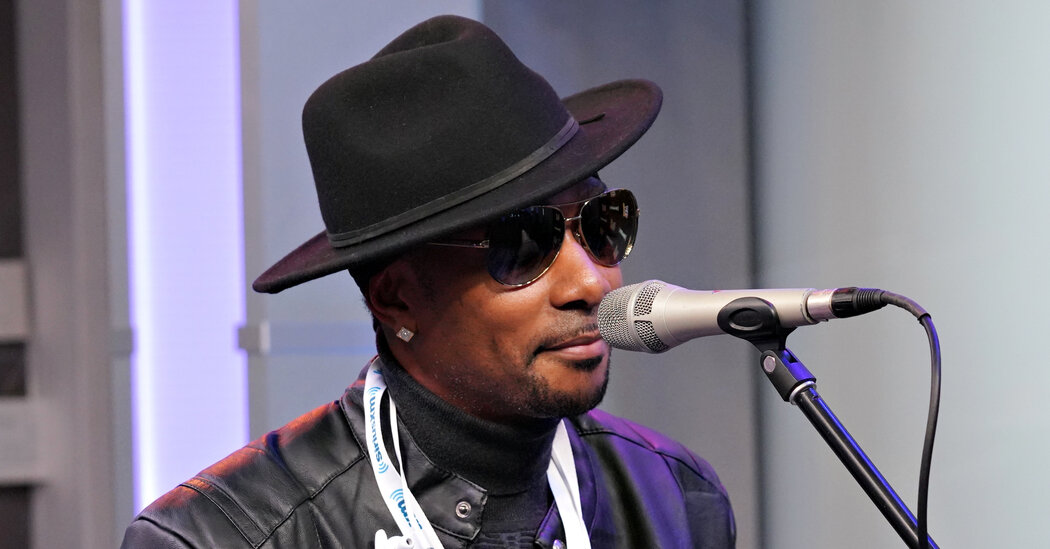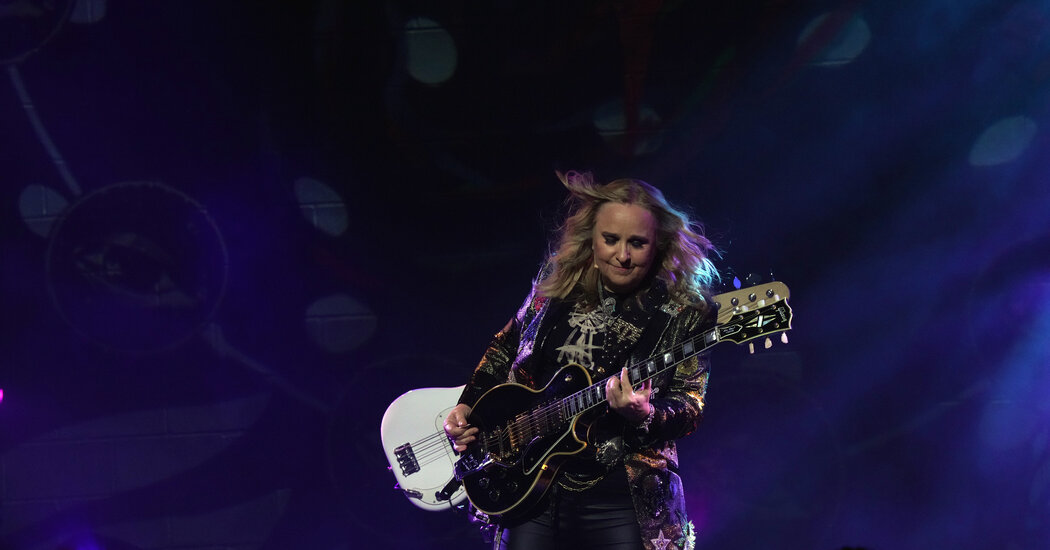Some historians say hip-hop culture all started at a party one hot August night in the South Bronx in 1973. DJ Kool Herc plugged his parents’ record gear into a street lamp and began creating what is known as breaks — longer instrumentals in records created by replaying the musical interludes over and over.
In 1980, the first commercial rap record, Rapper’s Delight, was recorded. With its large distribution network and popularity, this song reached the Billboard Top 40.
Soon hip-hop culture and rap music became a global phenomenon — leading to this year marking the 50th anniversary of hip-hop.
Today, hip-hop culture, and its four main elements — MCing (rap), DJing, breaking (dance) and graffiti, are staples of youth culture all over the globe.
Beyond being a billboard sensation and generating celebrity artists, hip-hop culture and art are still as youthful and popular as ever far beyond where they originated.
THE CANADIAN PRESS/Kevin Frayer
Social and political power of hip-hop
Scholars of hip-hop and popular culture, such as Tricia Rose and Richard Iton, have highlighted the important social and political power of hip-hop.
For example, Iton examines how through extra-political means, such as mass movements, uprisings and protests, Black people both today and historically have used popular culture and art to ignite calls for social and political change.
Created as an art of resistance by young Black people struggling against oppression, hip-hop culture has found a home in resistance struggles globally.
As is commemorated in a radio documentary about the rap group Public Enemy, Chuck D, Public Enemy’s leader, once famously stated rap music is “the Black CNN.” He believed rap functioned similarly to news channels through “informing people, connecting people, being a direct source of information.”
Connecting people, exposing issues
For decades hip-hop artists have used their power as popular culture stars to influence the political sphere. As academics have begun to take notice of the power of hip-hop to inspire youth and impact social change, more and more research on the history and power of hip-hop has developed.
Hip-hop is being used for therapeutic purposes and can help provide young people with a sense of self and community. Young people have been using hip-hop in their respective communities to shed light on important social issues and demand change.
Youth all over the world are using hip-hop both as the means and the fuel to fight for social and political change.
Speaking up
There are many Indigenous artists using rap music to engage in Indigenous resurgence as well as speak up about colonialism and racism.
Artists such as Snotty Nose Rez Kids, the rap duo from the Haisla Nation in British Columbia, combine socially conscious rap lyrics with music and dancing from their culture, often to question colonial Canadian policies and demand change for social problems.
[embed]https://www.youtube.com/watch?v=3Q6jZ_nqT94[/embed]
Their music video for “I Can’t Remember My Name,” intersperses footage of performers stripping off western suits and people in traditional regalia dancing. Lyrics like “I’m smudging the dirt off my shoulder” melds traditional practices with hip-hop culture.
Forging hybrid identities, outlets for stress
Scholars Mela Sarkar and Dawn Allen have documented how Québec-based rappers of Haitian, Dominican and African origin use rap music to build community and forge hybrid identities in the context of migration, the globalization of youth culture and systemic barriers like poverty and racism.
In Toronto, several organizations offer after-school hip-hop programming in order to support young people in finding positive outlets for stress.
Hip-hop artists in Toronto are using their art to challenge dominant stereotypical narratives of Black and racialized communities and highlight important social issues, such as racism, poverty, violence or substance use. For example, RISE Edutainment offers Black youth a community to use art as a way to understand systemic inequality.
A classic: ‘Jamaican Funk Canadian style’
To mark this momentous anniversary in hip-hop history, special events have been popping up including concerts and festivals.

THE CANADIAN PRESS/Jason Franson
The Juno Awards 2023 celebrated this anniversary by showcasing some of the talented rappers north of the border including the first Canadian MC to sign an American record label, Michie Mee, playing her hit classic, “Jamaican Funk Canadian Style.”
[embed]https://www.youtube.com/watch?v=lwB-Fd8CXkM[/embed]
Positively impacting young people
Over the last 50 years, hip-hop has been positively impacting young people who identify with its messaging and find comfort and solidarity in the community it creates.
This culture has grown and spread over the last half-century and shows no signs of stopping.
Hip-hop’s message of empowerment and the platform it provides to marginalized communities means we can expect another transformative 50 years ahead.


